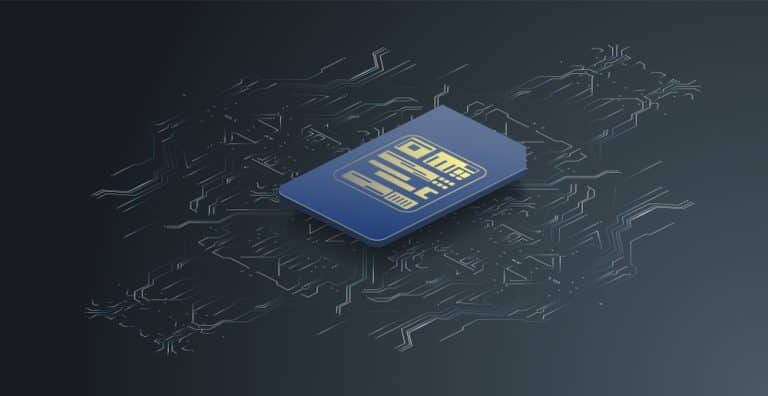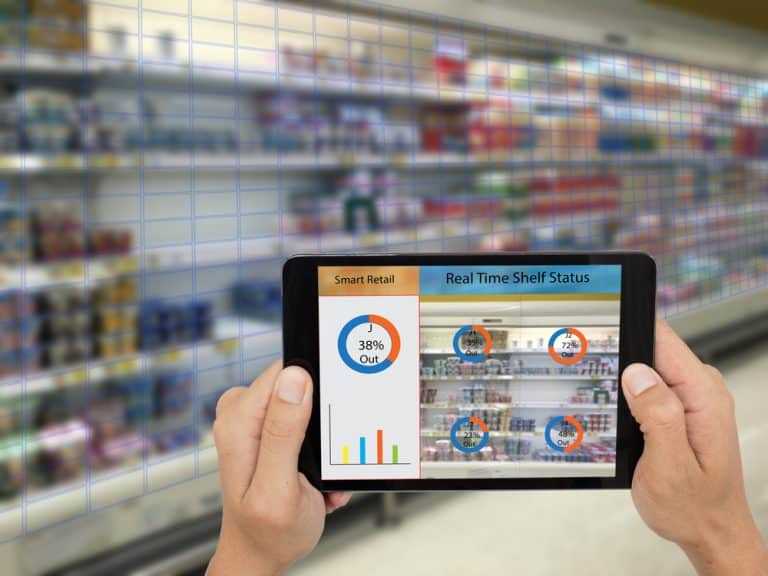The world faces a dual challenge: accelerating the energy transition while modernising ageing infrastructure. Solar farms, smart grids, water management systems and construction sites increasingly rely on real-time data and digital control. But without stable, flexible connectivity, many of these systems come to a standstill, especially in remote or temporary locations. Multi-network SIM cards offer a robust solution. This is how.
According to the International Energy Agency (IEA), global renewable energy capacity is set to grow by almost 3,700 gigawatts between 2023 and 2028. That is equivalent to the entire current power capacity of China. This growth is mainly driven by solar and wind power. By 2025, we will be in the midst of this rapid expansion of sustainable energy sources. To manage this infrastructure efficiently, safely and at scale, reliable and continuous connectivity is essential, even in the most remote areas.
Pressure on existing infrastructure
At the same time, pressure is mounting on existing infrastructure. Smart traffic systems, water management, street lighting and temporary construction sites are increasingly connected via IoT. These applications require stable, scalable connectivity that can adapt to changing conditions such as location, load and outages. Multi-network SIMs are essential here too, ensuring that smart infrastructure remains operational at all times and in all places.
The energy transition and the digitalisation of infrastructure both demand stable, uninterrupted connectivity. Multi-network SIM cards enable this, even in the most remote locations. Below are four key areas where they make a critical impact.
-
Smart solar and wind farms: always connected, always efficient
Solar panels and wind turbines are often located in remote areas where traditional internet connections are unreliable or unavailable. Multi-network SIMs automatically switch between mobile networks to provide the strongest available connection. This is vital for:
- Real-time energy analytics
IoT sensors continuously collect data on energy output, wind speed, solar intensity and performance. Multi-network SIMs provide a stable data link so that this information is immediately available for monitoring and optimisation.
- Remote maintenance
Operators can detect issues early and schedule maintenance without needing to be physically present. This saves time and prevents costly downtime.
- Site security
Cameras and access control systems often operate over mobile networks. Multi-network SIMs ensure these systems stay connected for access control and video surveillance.
-
Smart grids and energy management
The shift to renewable energy places high demands on the infrastructure of grid operators and energy providers. Multi-network SIMs form the digital backbone of smart grids, which automatically respond to fluctuations in supply and demand.
- Smart metering and grid optimisation
Utility companies use smart meters to measure energy use and forecast network load. Stable mobile connections via multi-network SIMs enable quicker response times and help prevent overloads.
- Failover during outages
If one network fails, the SIM automatically connects to another available one. This ensures that critical infrastructure, such as hospitals and data centres, continues to function.
-
IoT in public infrastructure: smart cities and transport
Smart cities rely on constant connectivity. From traffic lights to water systems, these components only function optimally when backed by a stable data connection.
- Smart traffic systems
Traffic sensors and lights monitor traffic flows in real-time and adjust automatically. Multi-network SIMs ensure uninterrupted communication with traffic control centres.
- Smart water management
Sensors in pipes and floodgates detect leaks or flood risks. Multi-network SIMs make sure these alerts are sent immediately, even in areas with poor coverage.
- Smart street lighting
Lighting that adapts based on motion or time helps reduce energy use. Municipalities can manage these systems remotely and resolve faults without being dependent on a single network.
-
Connectivity for construction sites and remote work locations
Construction projects are often temporary and mobile, but connectivity remains essential for communication, safety and planning.
- Working connected at all times
Construction teams use digital drawings, video calls and cloud tools on site. Multi-network SIMs allow them to work seamlessly anywhere, without coverage concerns.
- Safety of people and equipment
IoT trackers monitor vehicles, machinery and site access. Multi-network SIMs ensure reliable tracking even in remote locations.
- Smart sensors for environment and safety
Examples include vibration sensors, noise meters and cameras monitoring the worksite. These devices stay online regardless of network interruptions.
Conclusion
Multi-network SIM cards are a vital part of the digital infrastructure supporting renewable energy, smart cities and construction projects. They enhance efficiency, improve safety and ensure continuity, even in the most demanding environments.
Want to know how multi-network SIMs can help your organisation achieve reliable IoT connectivity? Contact us for a free consultation.



